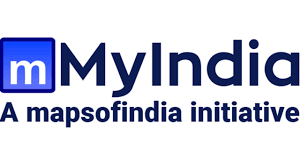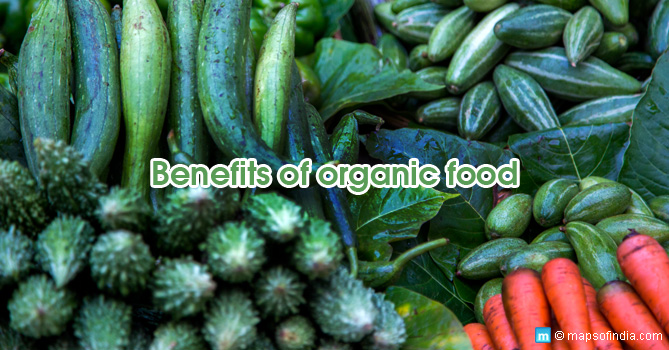The Foodweb is the shift of food energy from its source in plants through herbivores to carnivores. Being an ecological concept, it happens to transform energy in living organisms in a specific environment and how efficiently they acquire and use it.
It was earlier known called the “food cycle”, and the concept was given by Charles Elton, who first mentioned it in his book Animal Ecology. In the food web process, organisms get divided as per the trophic level (producers like green plants, primary consumers such as deer, rabbit, secondary and tertiary consumers including snakes and eagles, respectively), which suits it. It is essential to learn that the food chain has a different construct that conforms to energy movement as it flows through the food chain.
A food web includes numerous complex food chains since the energy flow goes through different routes and exhibits how the ecosystem feeding relationship is interconnected. Example: The hawk may also consume a bird, a squirrel, a frog, a mouse and other animals. The snake could eat a rabbit, caterpillar and beetle.
When it comes to toxic elements in the ecosystem, it has two vital parts: Bioaccumulation and Biomagnification. Bioaccumulation refers to the collection of a substance such as a poison or any impurities, particularly in an animal. At the same time, Biomagnification is the formation and rise in the concentration of a specific substance as it moves to a trophic level in a food web.
“In general, about 10% of energy produced on one level of a food web makes it up to the next level. This happens because organisms expend a lot of energy on a variety of functions over a lifetime, and only a small fraction of the energy they consume is retained in biomass that ends up being eaten by predators,” says Dr Diego Barneche, of the Australian Institute of Marine Science and the Oceans Institute at the University of Western Australia.
The doctor further says, “Warmer temperatures can cause metabolic rates to accelerate faster than growth rates, which reduces the energy available to predators in the next level up the food web.”
Following are the types of the Foodweb:
- Interaction foodwebs: Scientists use wider or bolder arrows in interaction food webs to demonstrate species being undertaken by another species. The arrows, which are taken into consideration, are heavily placed to exhibit the amount of endurance or degree of consumption.
- Energy flow food webs: It showcases the link between organisms in an ecosystem by quantifying and depicting the energy flux between organisms.
- Connectance food webs: Like interaction food webs, scientists use arrows to exhibit one species being undertaken by other species. However, all of the arrows are equally weighted in the same shape. The amount of strength of the consumption of one species by another is not demonstrated.
- Functional food webs: In an ecosystem, it showcases the link between organisms by exhibiting how different populations affect the rising pace of other populations within the specific environment.
- Fossil food webs: These webs are vibrant and changeable, including the food relationships within an ecosystem during a particular period. Scientists endeavour to transform the relationships between species based on existing proof from the fossil record.





